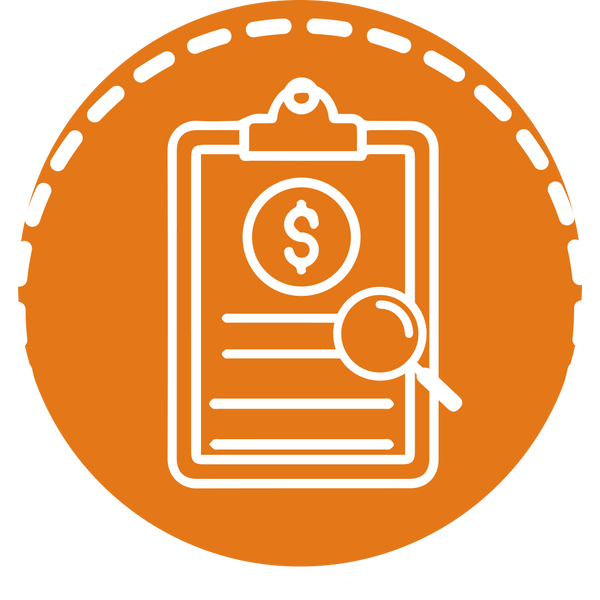
How to Plan a STEAM Program
Planning a STEAM program is no small task, but we’re here to support you! Over the years, PCS Edventures has helped countless educators organize classroom, summer and out-of-school programs of all shapes and sizes. Welcome to our all-in-one resource for STEAM program planning.
Why STEAM?
First and foremost, why is STEAM programming important?
Integrating Science, Technology, Engineering, Arts and Math into engaging programs sets both learners and educators up for success. By combining these subjects into hands-on programs with real-world connections:
- Learners are exposed to real-life careers in growing fields.
- STEM fields grow more rapidly than other fields, provide higher average wages and are more resistant to economic shocks (Logan et al., 2021).
- Learners improve their creativity and 21st century skills (What is the Value of STEM Education?, 2022).
- These skills are applicable to any academic or career path they may choose in the future.
- Multiple subjects can be taught at once, saving time and increasing learners’ engagement.
- Learn how to foster cross-curricular, learner-to-learner and classroom-to-world connections in our blog post: How Hands-On STEM Transforms Classroom Instruction.
- Classroom management becomes easier with increased participation and self-directed learning.
- Learn how STEM supports a positive learning environment in our blog post: Revamp Classroom Management with STEM.
- Achievement gaps can be closed in a positive and engaging way.
- Learn how to accelerate learning with STEM in our blog post: The Superpowers of STEM in Out-of-School Programs.
- Social-Emotional Learning needs can be met more easily.
- Learn more in our blog post: STEM for SEL Support.
No matter what type of learning environment, STEAM education opens doors for your learners to explore ideas that they may never have considered otherwise.
Planning Your STEAM Program
Whether you’re planning a STEAM program for a single summer camp or an entire year of instruction, A Year of STEAM Enrichment is an excellent place to start when planning your program. There, we’ve provided examples of themed programs for different grade bands from kindergarten through 8th grade. You’ll also find a blank template to craft your own wishlist.
For recommendations directly from our curriculum development team, check out the 2022 STEAM Buying Guide. Here, Michelle and Erika discuss some of our favorite and most popular turn-key programs.
These programs are excellent solutions for elementary and middle school learning environments. But what about older learners?
For CTE and high school education, consider a more challenging program that can easily be connected to specific career fields, such as:

In Discover Drones, students learn all about UAV flight, including safety and regulations, while building and flying their own drones.
 In Game Design, learners are guided through step-by-step lessons to design 3D games that can be experienced either on desktop or in VR.
In Game Design, learners are guided through step-by-step lessons to design 3D games that can be experienced either on desktop or in VR.Once you have an idea of what your STEAM program will cover, it’s time to secure funding.
Funding for STEAM Education
The price tag on your dream STEAM program may seem high, but fear not – there are many resources, grants and funding opportunities out there waiting to be found!
While assessing your program’s funding needs, it’s important to remember the other resources that are available within your local community. There are people, organizations and businesses around that would be more than happy to help support your program in ways you may not have expected. Check out our Exploring STEAM Funding Options webinar for examples of how educators have partnered with their communities to bring greater life to their programs.
And here are even more funding resources to help you identify opportunities and write successful grant proposals:
Building Your Learning Environment
A great STEAM program starts with a supportive space for creation and discovery. Creating a space for your learners to openly explore will help all learners, especially girls, develop a positive mindset around STEAM subjects. For some examples on how to create a supportive environment for your female learners, check out the recording of our Ignite Girls’ Passion for STEAM workshop.
Take some time to re-familiarize yourself with your environment. What tools and equipment do you already have available? What spaces can you transform to benefit your learners? Get creative – you may be surprised by what you find.
For some inspiration, check out our interview with an elementary educator in New Jersey who turned both his school library and outdoor gardens into hands-on learning spaces.
By combining engaging lessons with a supportive environment, your learners will be excited to attend your program each day to continue their exploration and discoveries!
Ready to Start Your STEAM Program?
You’re in the right place! Browse the entire PCS Edventures collection at the link below.
For your convenience, you can check out entirely online, even when ordering with a Purchase Order. To order with a PO, simply select the Purchase Order payment method at checkout, then email your PO and tax exempt form (if applicable) to sales@edventures.com.
Help from the Experts
Our program experts at PCS Edventures are your go-to resource for building the perfect STEAM program for your learning environment. For one-on-one assistance, click the link below to consult with a STEM Program Specialist:









2 comments
Hi Hend! STEAM programs can help young learners discover their interests in medicine through hands-on activities in biology. The multi-subject approach, including the Arts, provides a variety of access points for students with different strengths. This can help make complex subjects like nursing less intimidating.
We offer a few STEAM curriculum programs for elementary learners that are great introductions to the human body. Sports Science for grades 1-3 explores the physics of motion through common sports. Science of the Human Body for grades 4-6 teaches health and fitness through exercise and movement.
how can implement STEAM program in nursing education